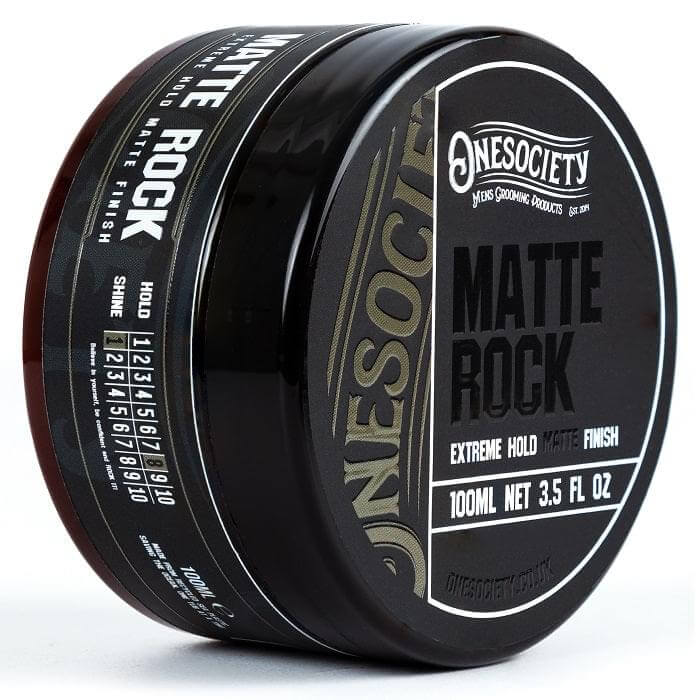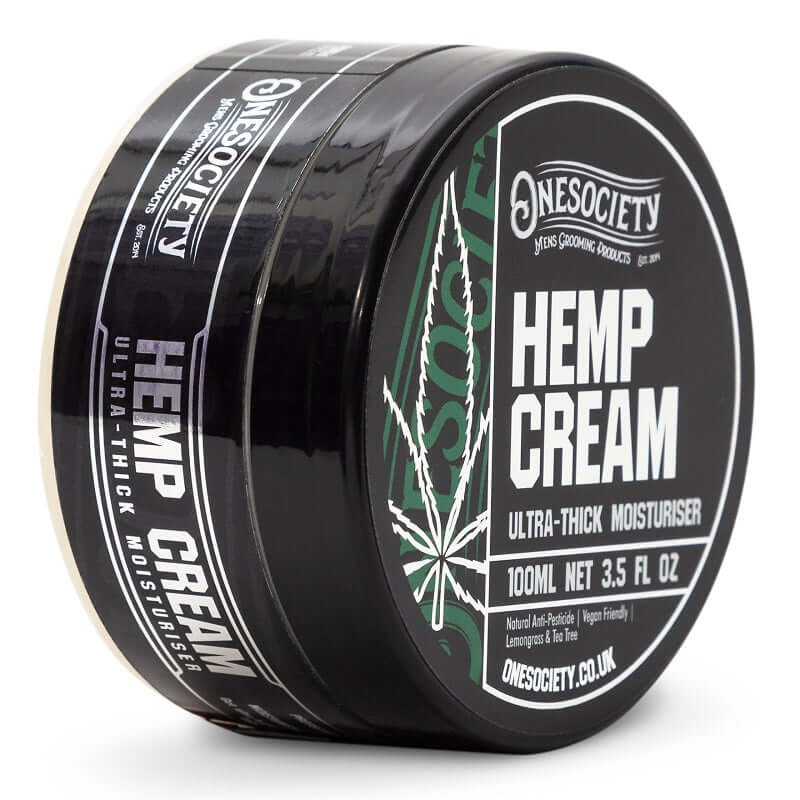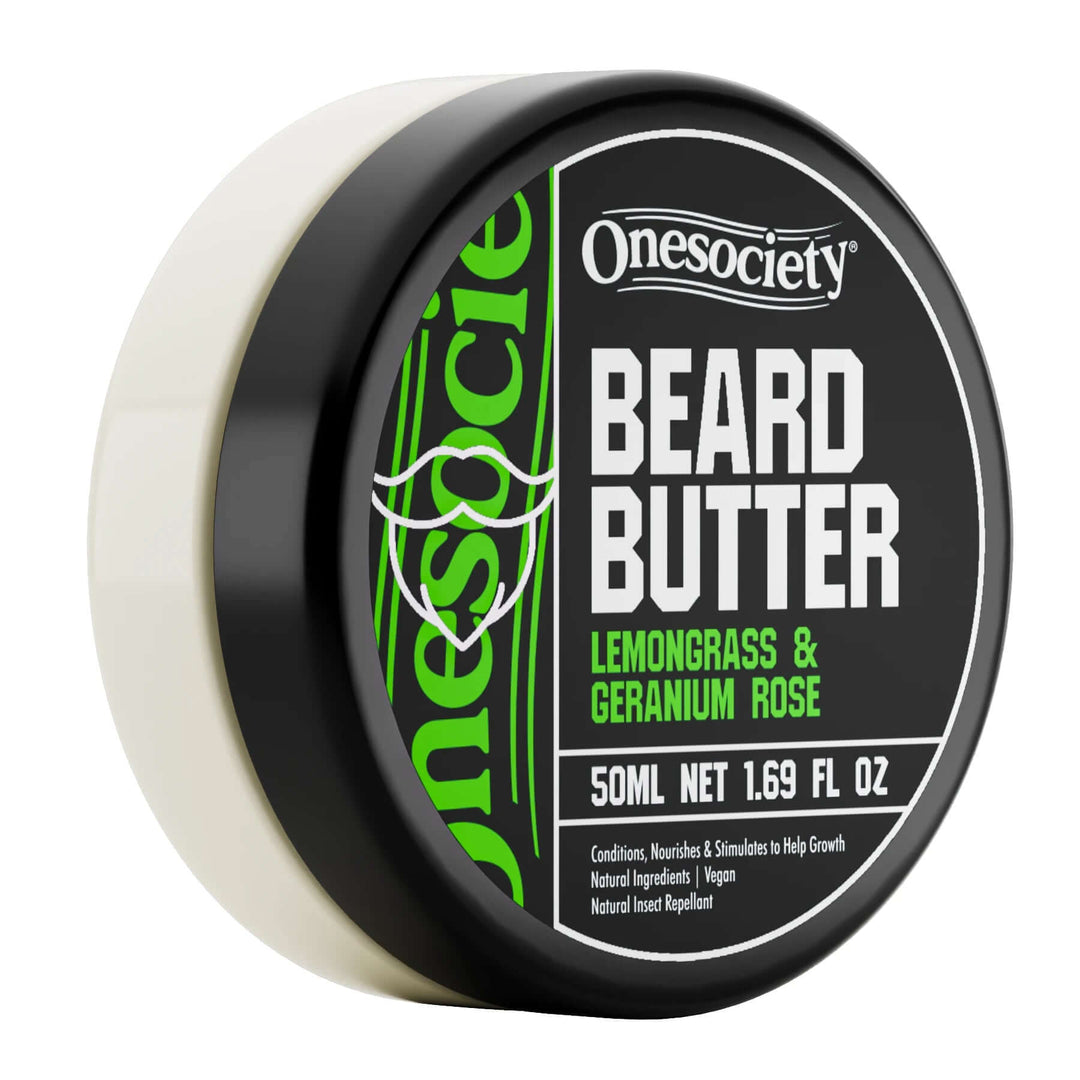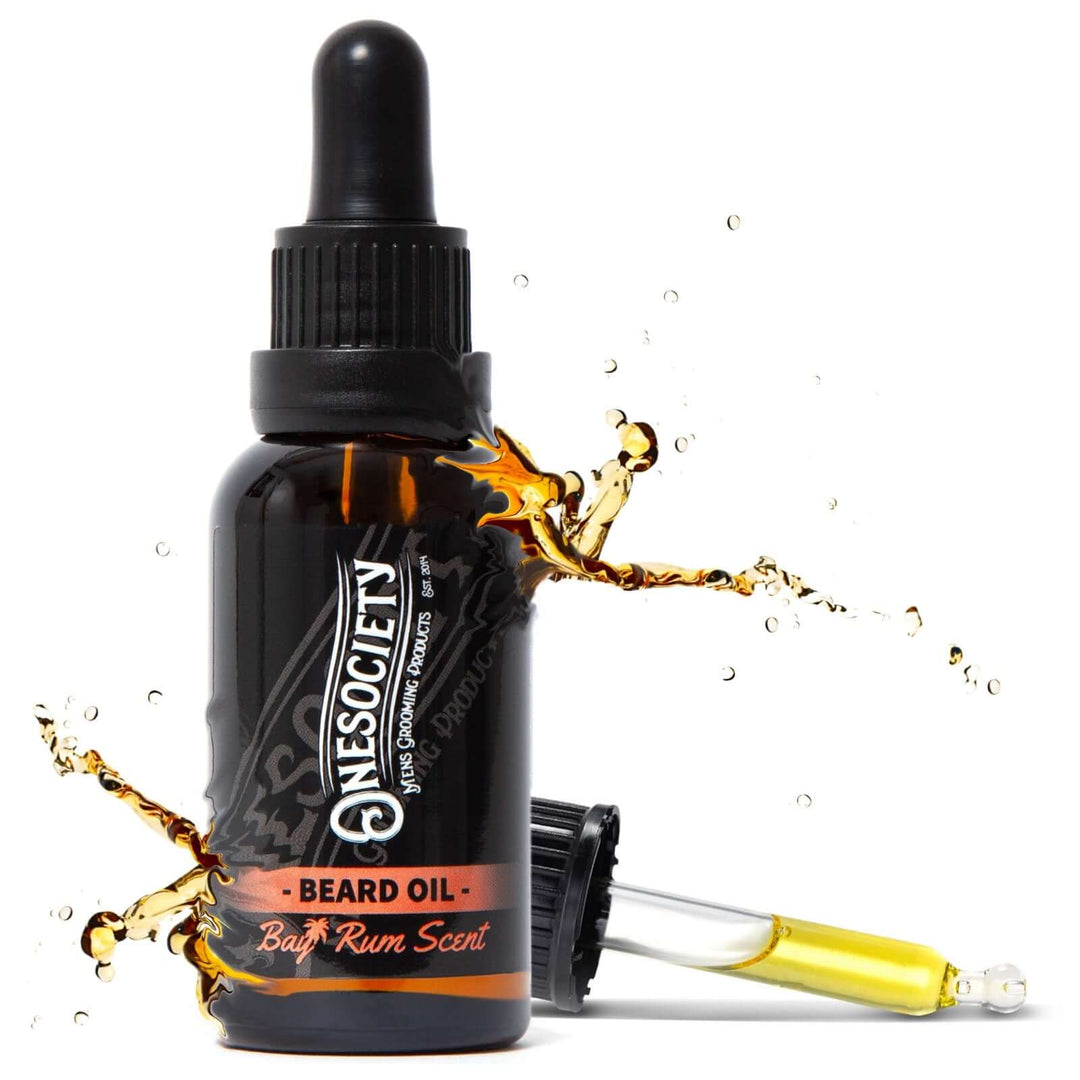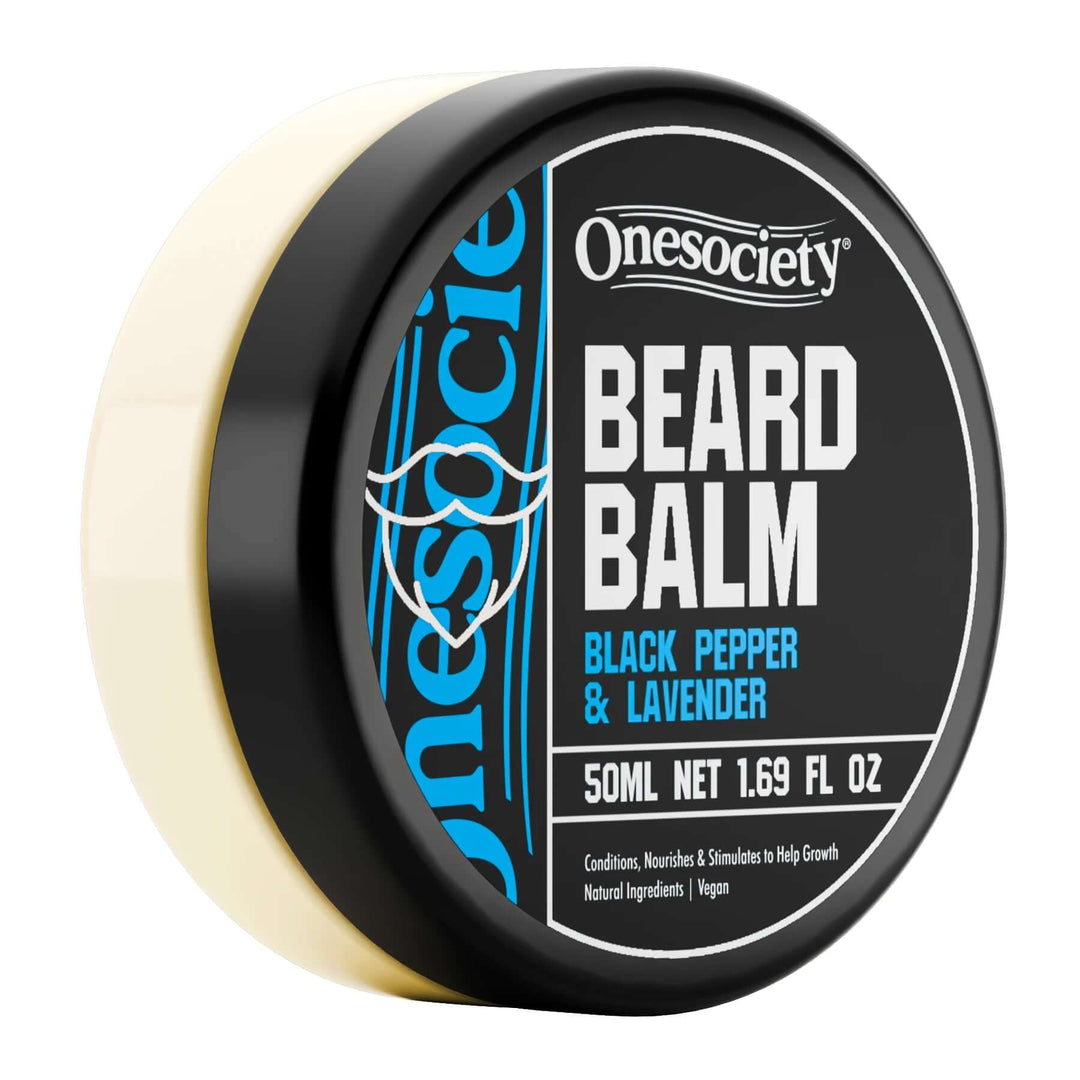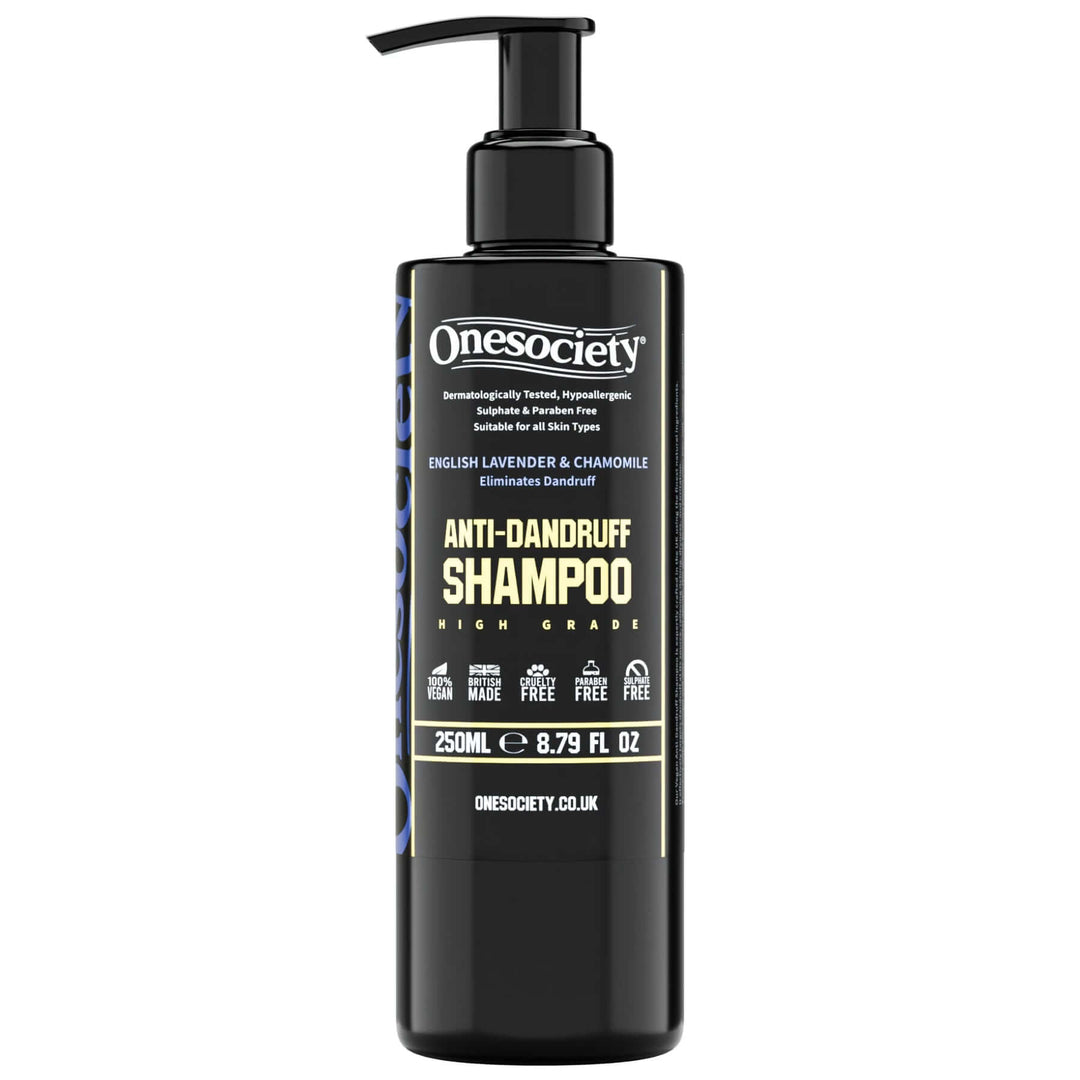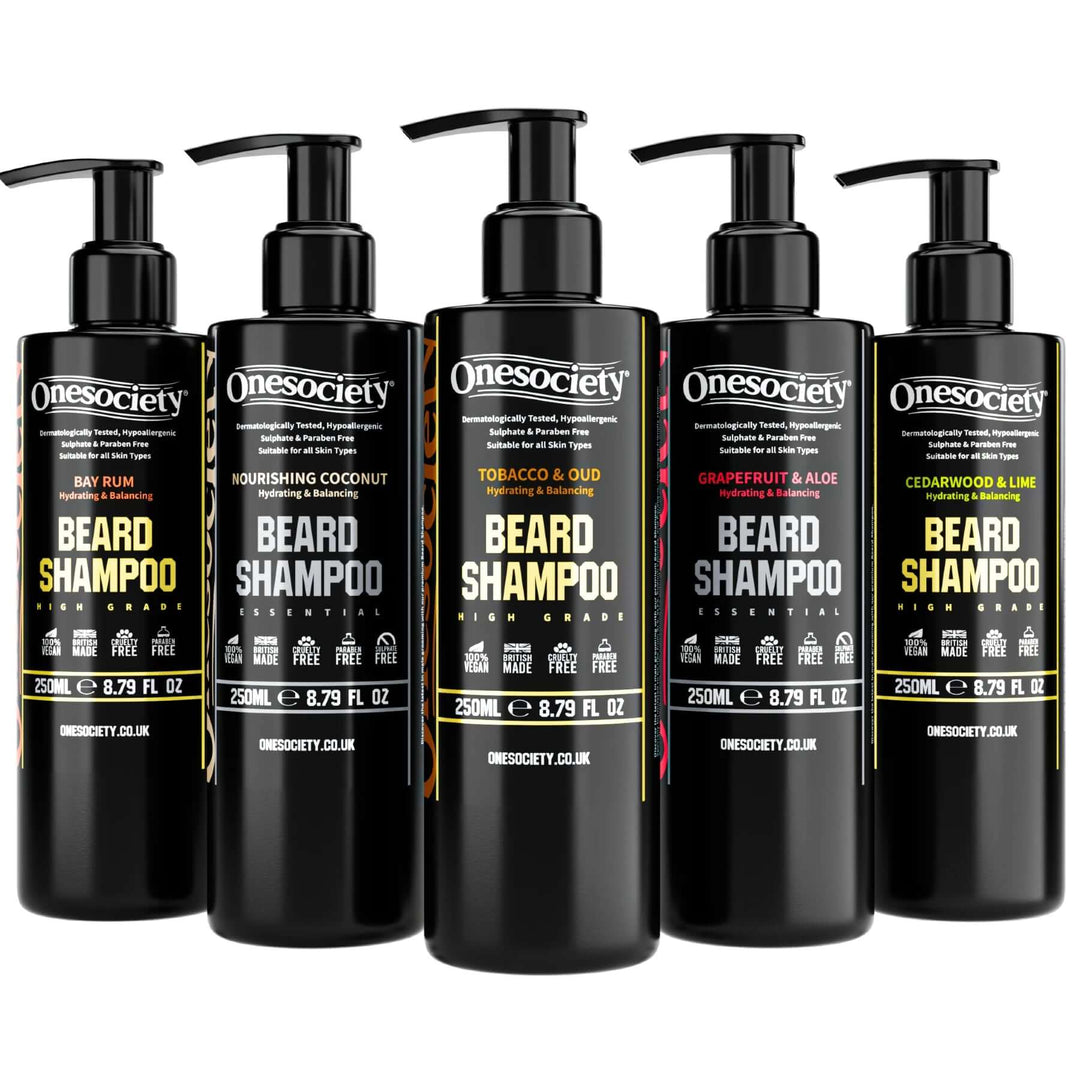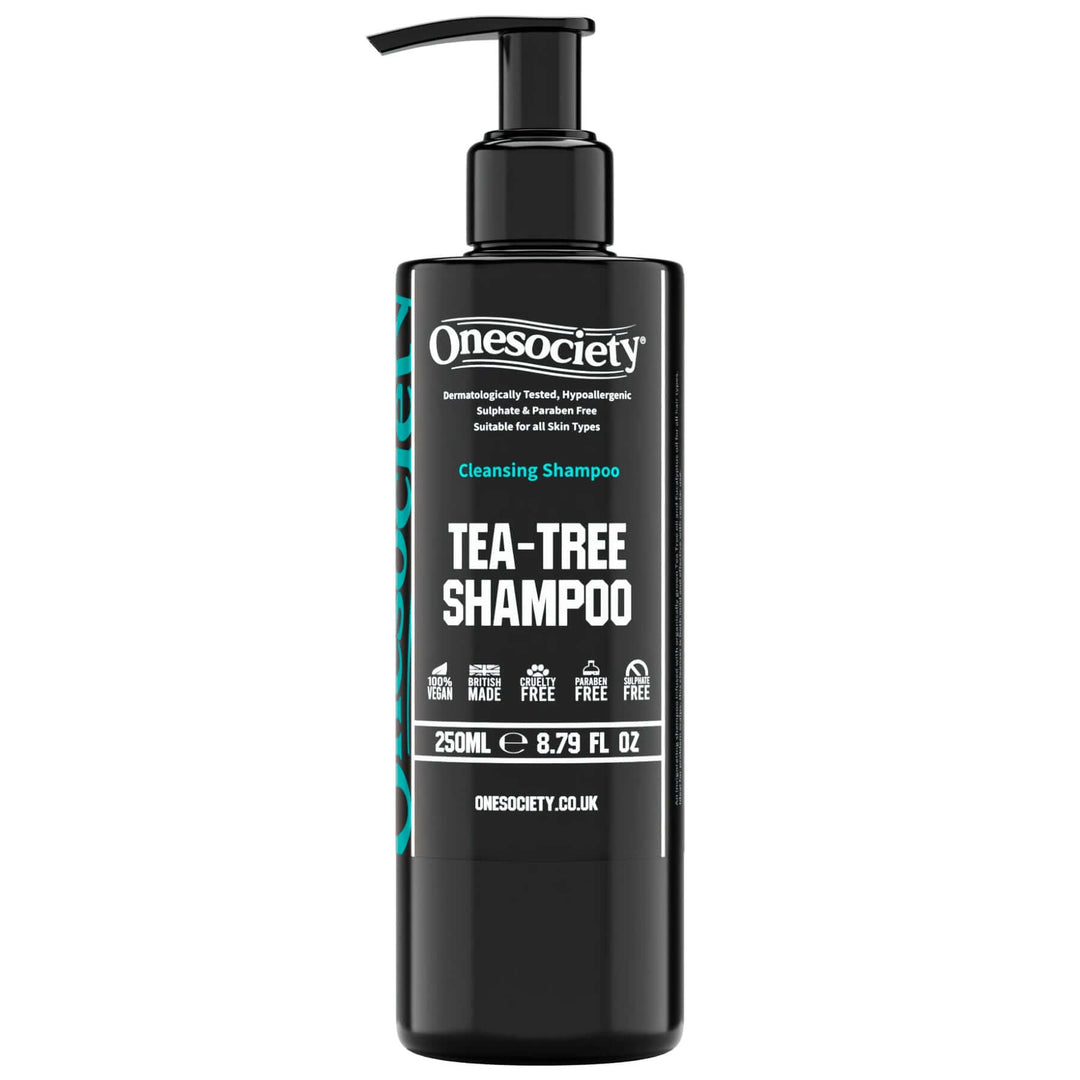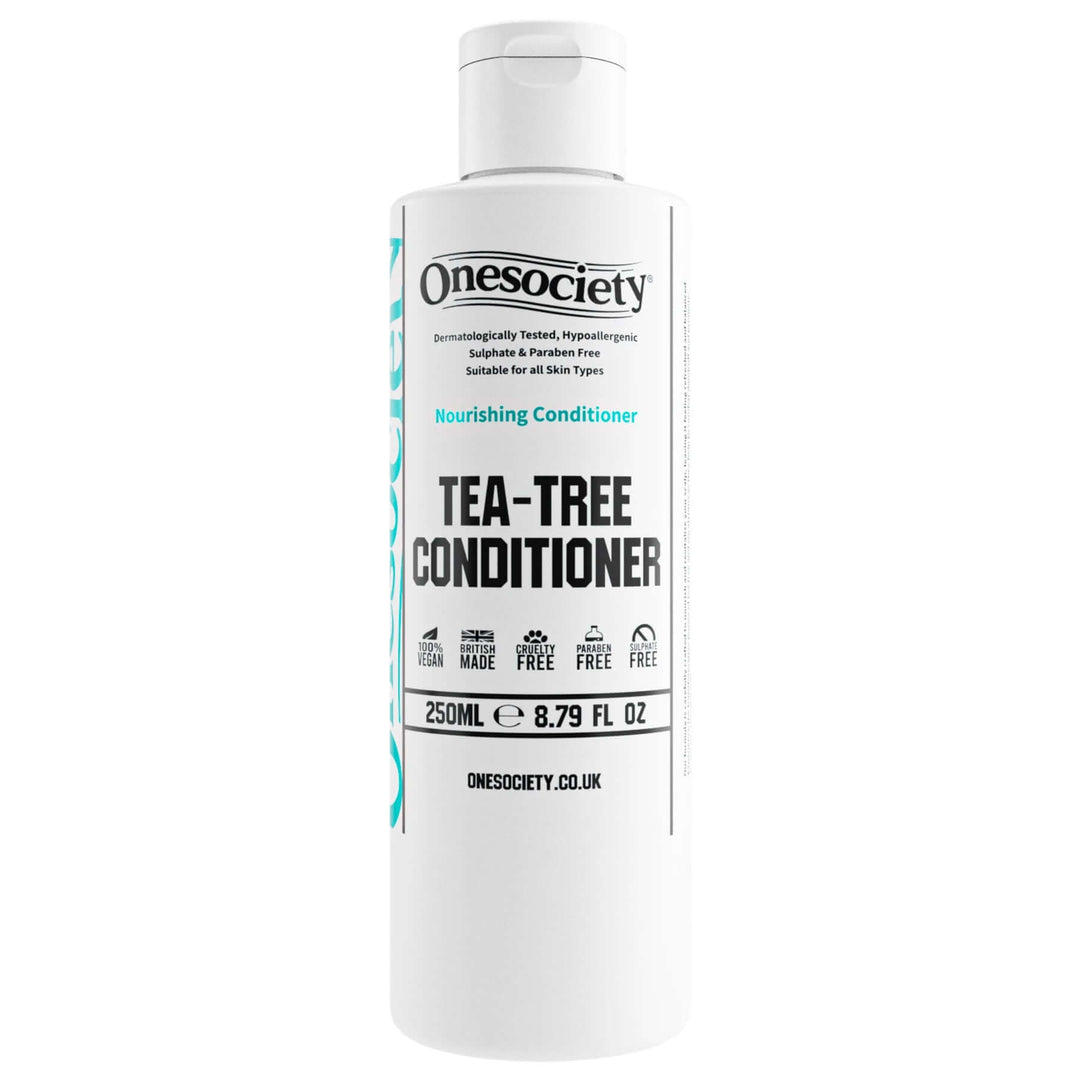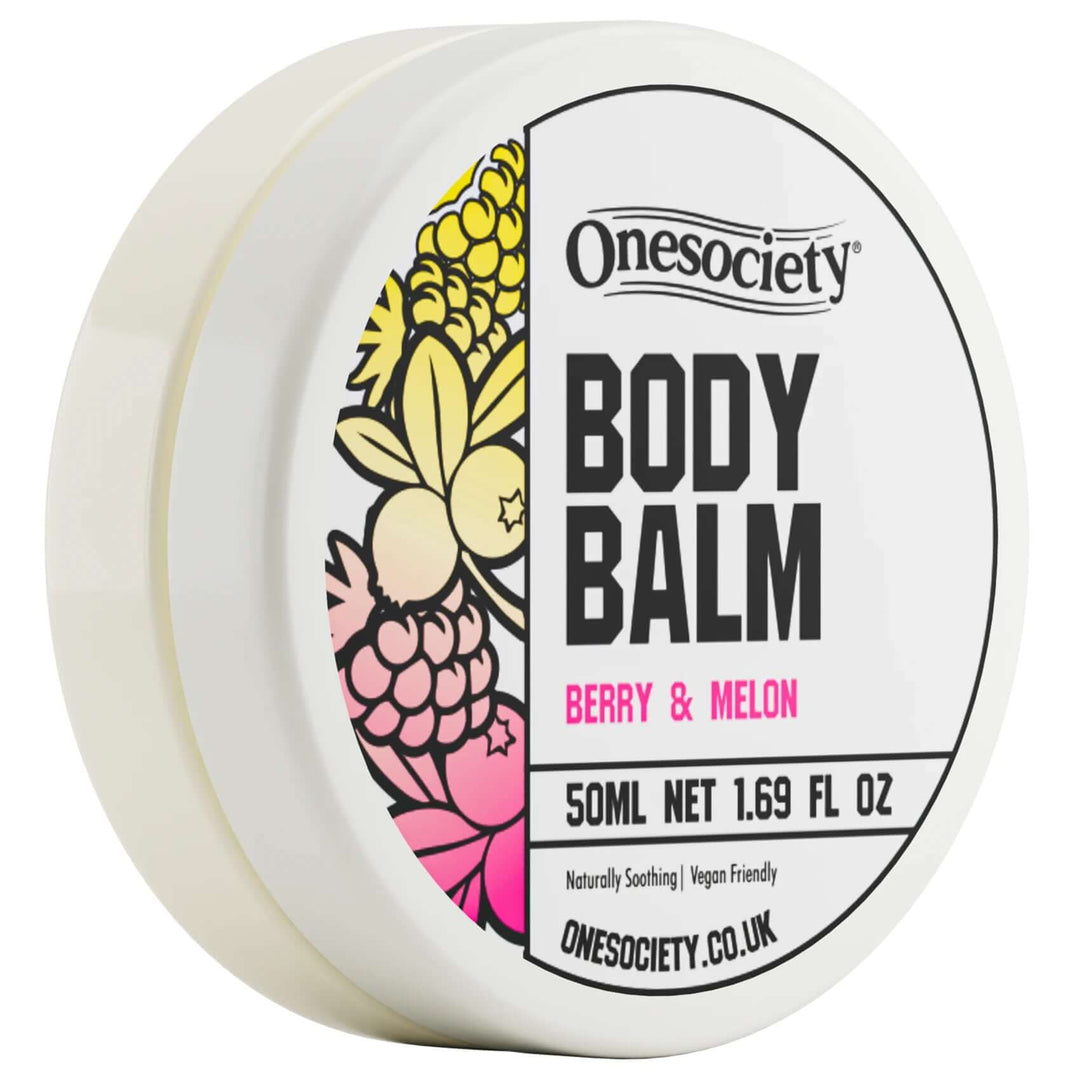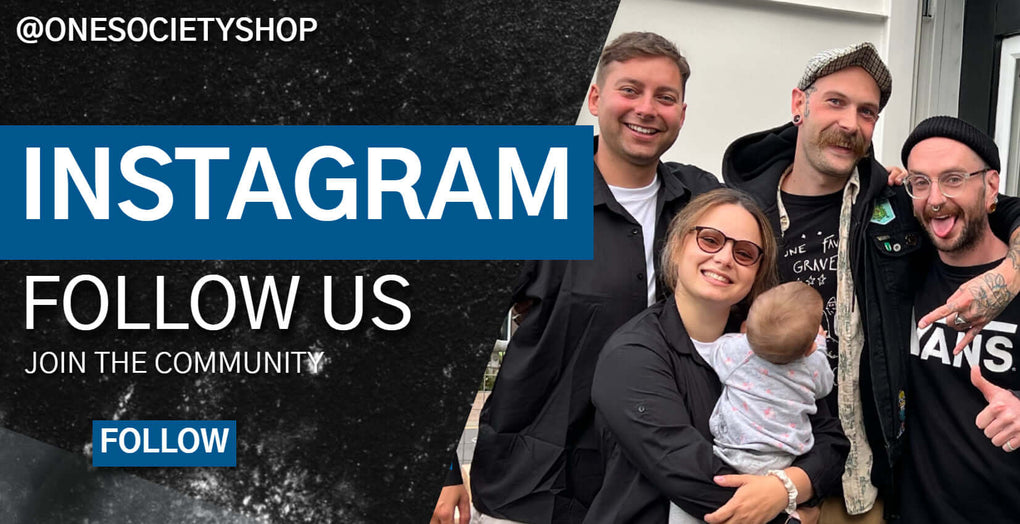A History of Beards
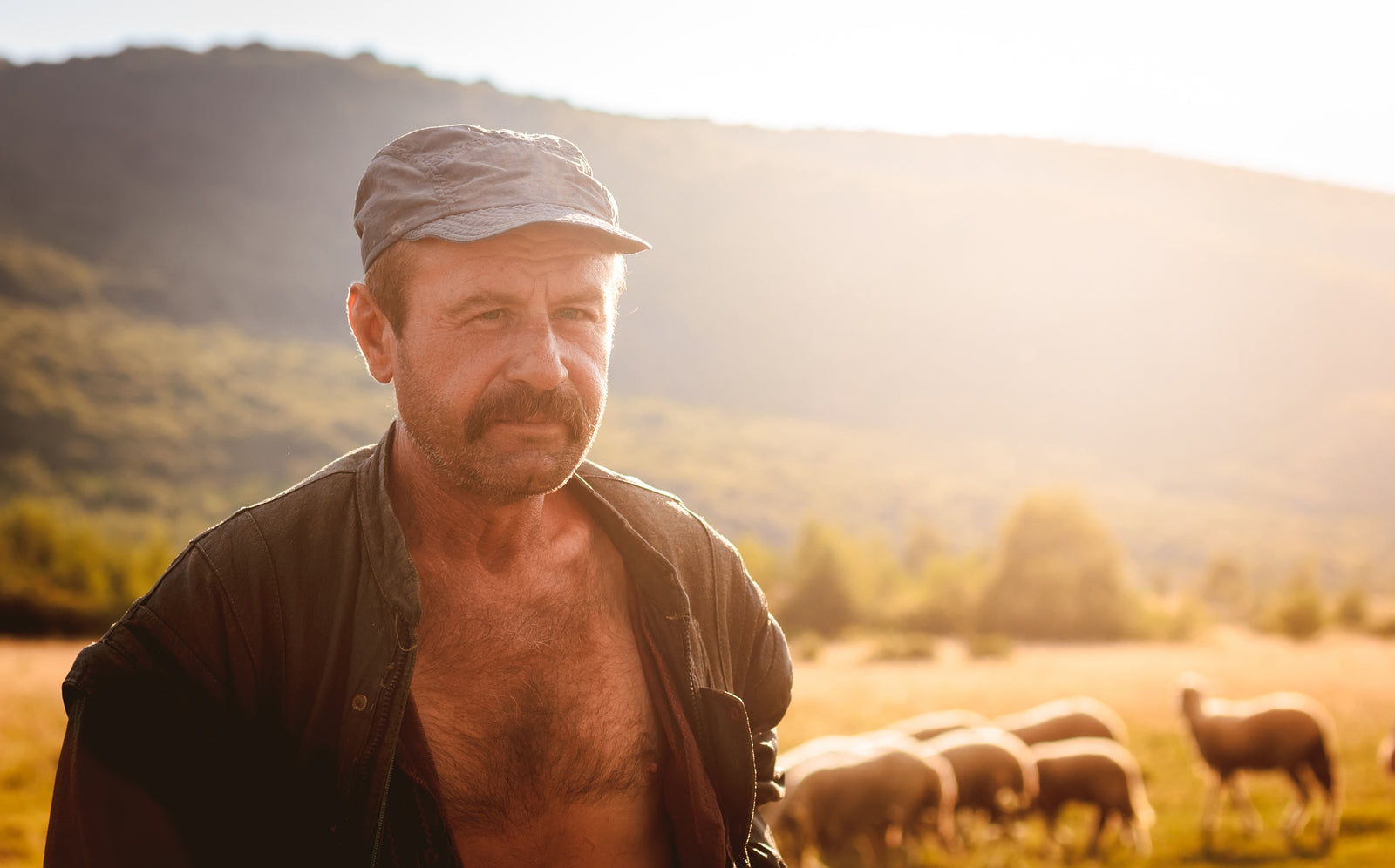
A History of Beards is drawing to a close. We have covered facial fuzz from the first men to the 17th Century and now we look at men in the 18th and 19th centuries and what styles they wore on their faces. Here it is, A History of Beards – Part Five.
The 18th Century
The 1700s. A decade of beardlessness or at least for a lot of it! Beards were seen to be only for the poor or the most eccentric of men and having a beard was frowned upon. The aristocracy all preferred to be clean shaven. As did the vast majority of men.
You can look back at the early part of the century and actually wonder what was a man supposed to be. To understand what I mean by that we need to look at the trends of the age. Wigs were one such trend. That’s right, men wore wigs. More commonly known as periwigs, men would powder them to give them their off white colour. The powder would be scented as it was often made from lavender or other such fragrances.
Why the clean face?
Wearing wigs, along with having clean shaven faces made men seem more effeminate than ever. The way that masculinity was shown back then was in the clothes they wore. Short waistcoats and tight trousers or breeches were worn to emphasise said masculinity. I guess that showing what you were gifted with was one way to prove how manly you were.
The exploration of new continents and countries led to a change in the perception of what a man should look like. When the British arrived on Australias golden shores, the Indigenous people would question the gender of the explorers. In return, the British introduced shaving to the Aboriginals after they were captured. Forcing them to shave in order to try and create contact between the communities.
So, being clean shaven was the fashion of the 1700s. That’s not to say that men didn’t have beards at all. There were some men that refused to fall into the shaving trend and continued to grow their whiskers. It was, however, the minority of men that had facial hair.
The 1800s
Yes, the 1800s is the 19th century and surely men had started to be men once more. Actually, they did, for a brief time have hair on their faces again. Side Whiskers became very popular with men, especially those in the military. As the popularity of the side whiskers grew, so did the need for a quick fix. Clever traders began to make and sell ready made side whiskers to the impatient gentlemen of the age.
It was more of a fad though and facial hair was generally frowned upon. In 1834 a book titled The Toilette of Health was released and it stated that an “unshorn chin has a degenerating aspect and is only excusable in the lowest labourer”. Shaving was still thought of as being manly. This was mainly due to the fact that shaving required patience and fortitude.
Even though it was extremely uncomfortable to shave, and still is despite the advances in technology, it continued to be the manly thing to do. Another quote from The Toilette of Health said that “A morning shave puts a gentleman in the frame of mind favourable to his moral improvement”. In other words, it made a man feel good to shave!
The return of the beard
No, its not a movie title! But towards the mid 19th century, beards started to return. The 1840s saw men start to grow moustaches to try and emulate the British cavalry soldiers. In the 1850s, full beards made a resurgence and became an essential look for the modern man.
It is said the reason for the return of the full beard was down to a crisis of masculinity. That fighting spirit of the British man was disappearing due to years of soft living. The beard was once more a sign of masculinity. The ultimate accessory to prove that you are, indeed, a man!
Famous people of the day started to wear full beards. Charles Dickens was one such person. But one of the biggest reasons for the return of beards was down to something more than mere masculinity.
The Industrial Age
Yes, the mid 1800s was a time of Industrial genius. However, there was a down side to all of these new machines that were powered by coal. Air quality had decreased significantly with the dirt and dust caused by the factories. What has this got to do with beards? I’ll tell you!
The beard was a natural filter that could trap particles of dust and dirt, preventing them from entering your mouth and nose. Natures respirator, so to speak. In 1854 it was recommended that workers who were exposed to dust and grit etc should grow a beard. It was even said the having a beard improved your overall health and comfort. How quickly the tides changed!
Having a beard was also linked to other health claims, although most of them were outrageous. One claim still stands the test of time and that’s the one where a beard can protect your face from the weather.
The end of an era?
Towards the end of the 1890s, the fashion had once more started to turn towards a clean shaven face. Or, at least, a shaven chin. Moustaches were still popular and beards didn’t go away like they did in the 1700s, but they did become a rarer sight. There were still people shouting about the benefits of having a beard but the moustache was definitely becoming all the rage.
Heading in to the 20th Century and some of the most testing times to come would change the world as we knew it. There would also be a new wave of bearded men but things would be considerably different as the future formed around us.

